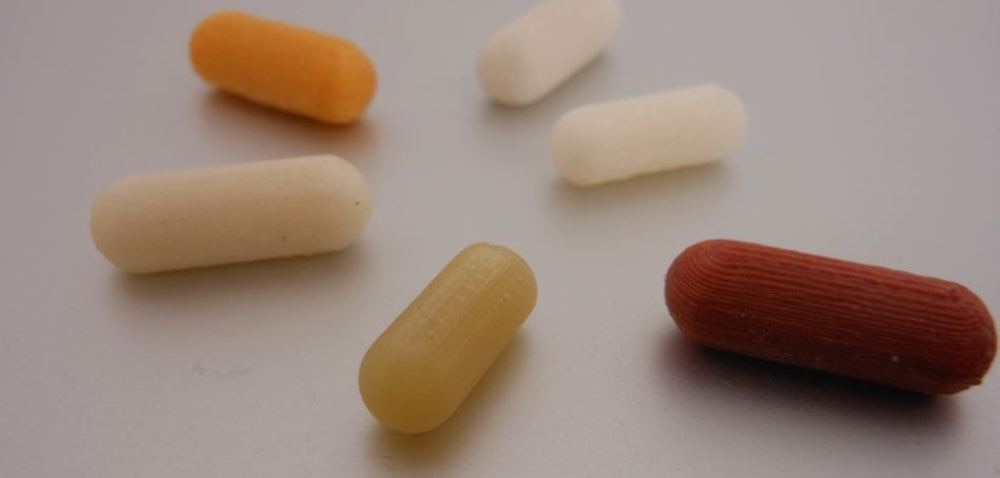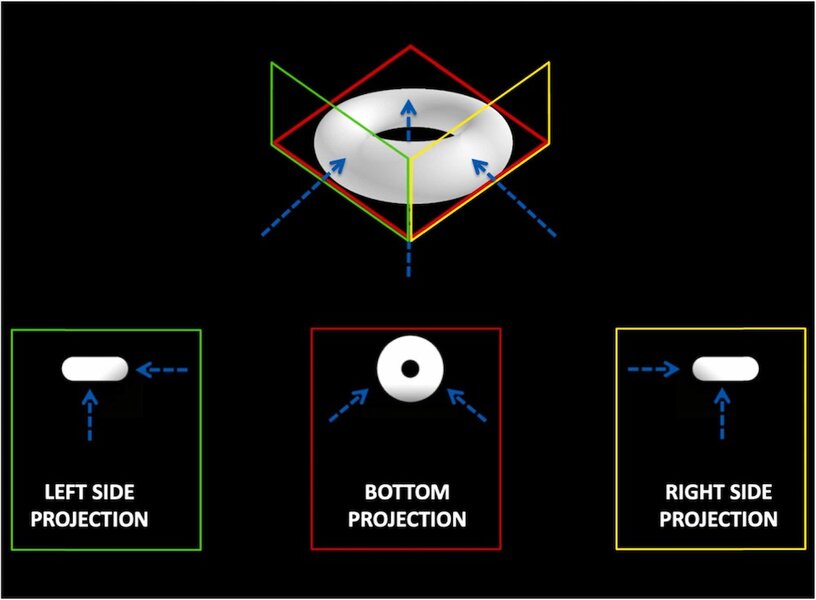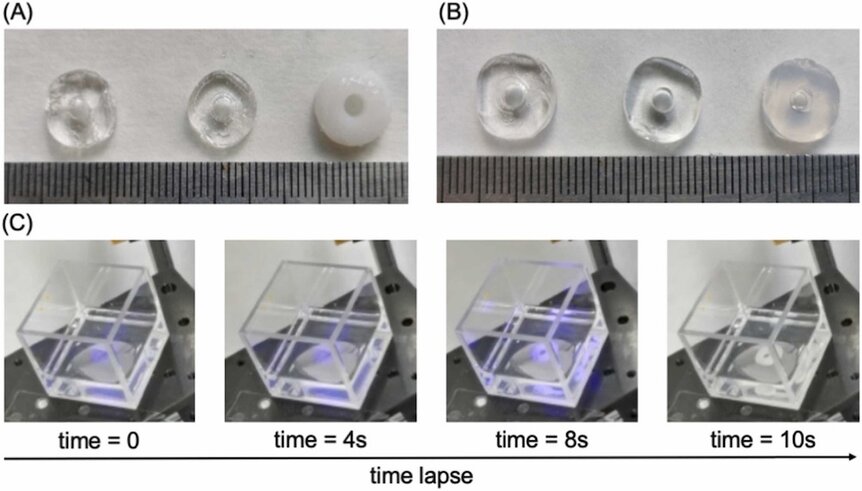Create a free profile to get unlimited access to exclusive videos, sweepstakes, and more!
Printing pills: 3D printers pump out meds in mere seconds
What do we want? Better medication! When do we want it? In seven seconds!

Long lines at the pharmacy may soon be a thing of the past! Getting your hands on needed medication can be a lengthy process with multiple steps involving doctor’s visits, referrals, prescriptions, and trips to the pharmacy. Moreover, mass-manufactured medicines may treat only some of your symptoms, relying on a one size fits most approach.
A new method for manufacturing medicines could solve some of these problems in the future. Alvaro Goyanes from the Department of Pharmacology at the University of Santiago de Compostela, and colleagues, have used innovations in 3D printing to produce customized pharmaceuticals in seconds. Their findings have been published in the journal Additive Manufacturing.
There are multiple 3D printing technologies, each of which utilize a different method for turning raw materials into printed objects. Some start as a powder or filament which is manipulated into a finished product, while others use a container filled with printable liquid. This method is known as vat polymerization and typically involves interactions with light which transform liquid monomers into solid polymers. In nearly every instance, the printing happens one layer at a time, which can mean that printing even small objects requires a considerable investment of time. Scientists used a modified version of vat polymerization to drastically reduce the amount of time needed to print medications.
“Normally, in 3D printing, what you’re doing is called additive manufacturing. Every time you create a layer it takes time because the printer moves, or something changes. We created a mirrored system with light coming from three directions. There are no layers, the reaction takes place all at the same time,” Goyanes told SYFY WIRE.
Typically, vat polymerization printers have only one source of light at the bottom, and layers are created one at a time, but this new system creates the entire object all at once, at the point where the three light sources come together. The entire printing process takes as little as seven seconds.
To create pharmaceuticals, researchers mixed active drug compounds into the monomers while they are in their liquid state. Once the printing is complete, those compounds are trapped within the polymers. Importantly, multiple tablets can be printed at one time, reducing the print time per tablet.
“Right now, we are printing three tablets at a time, but it’s possible to print more than that at the same time. The fastest we managed to print was seven seconds, so the time per tablet is only a couple of seconds,” Goyanes said.
It’s worth noting that the monomers they’re using to print their medicine tablets are not currently approved for pharmaceutical use and further research is needed to ensure there aren’t any unexpected reactions occurring during the printing process. If all goes well, volumetric 3D printers could be deployed to hospital settings or pharmacies to rapidly print medications on demand.
The teams true focus, however, is developing a process for individualized medications, customized to the patient. Because the process is nearly instant and creates tablets in numbers more suited for individual prescriptions, future doctors could mix compounds at will to produce medications suited to the individual. You could feasibly even create a single tablet which contains all of the prescriptions a particular patient needs in a single pill.
“Because we’re just mixing resin with drugs, you can incorporate multiple drugs and have different combinations, or change the polymers and have different kinds of release,” Goyanes said.
In the more distant future, it’s even possible that individuals could have medical printers in their homes and cut out trips to the pharmacy altogether. There are, of course, valid safety concerns about people having access to raw pharmaceuticals and printing them on demand. Goyanes acknowledges those concerns, but thinks they are surmountable.
“In the future, people are going to have [3D] printers at home. We don’t know when, but I’m confident it will happen,” Goyanes said.
In reality, having access to raw medications in a liquid form is probably no more dangerous than having access to a 90-day supply in a pill bottle. Moreover, on-demand pharmaceutical printing could feasibly be even safer than the conventional method through clever software constraints. Imagine a future where you only get one dose at a time, printed when its needed.
The next generation’s morning routine could include fresh-squeezed orange juice at breakfast with fresh-printed medicine on the side, still warm from the oven.




























